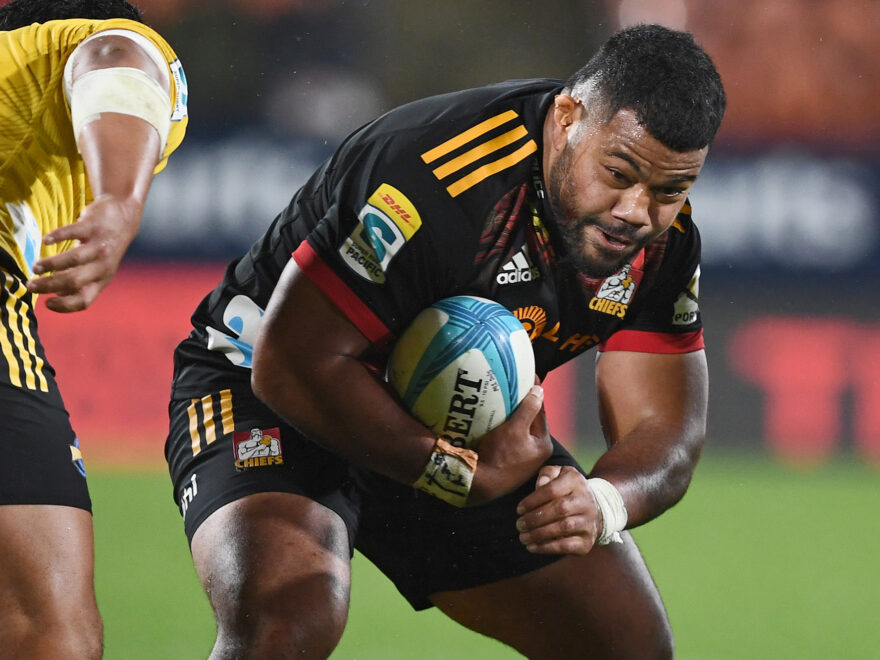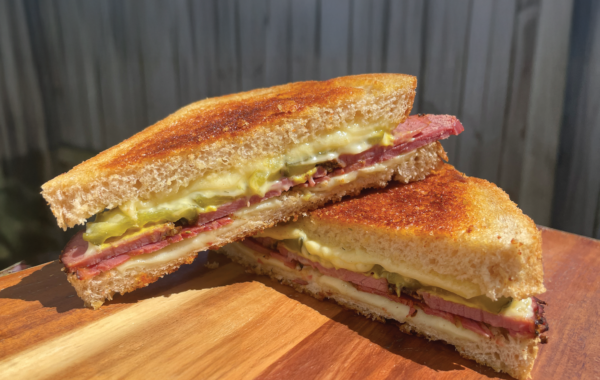Former Manu Samoa No 10 and freelance rugby scribe Campbell Burnes argues that the All Blacks rest protocols during Super Rugby needed to be better signposted.
Campbell Burnes on Rugby
No one could quite work it out.
In theory, few can argue that you cannot flog All Blacks during Super Rugby Pacific in a Rugby World Cup year when we need them to be still standing by October. That was the premise behind the infamous reconditioning programme in Super Rugby ahead of the 2007 World Cup. That much maligned strategy saw 22 All Blacks removed from the first seven weeks of Super Rugby. Understandably, the franchise coaches found it hard to stomach, favouring a less prescriptive approach to resting their stars.
Each RWC year has seen rest protocols in place by the All Blacks coaches. But the difference in 2007 was that the strategy was clearly signposted and publicised.
This year, the All Blacks put the onus on the Super Rugby coaches to convey the protocols to media and the fanbase. Naturally confusion reigned and messages were mixed. It was thought that no player on the All Blacks rest list could play more than five games in a row. That included being in the match-day 23. Byes and injuries clouded the issue.
But we were not even told who all the players subject to the rest were. Blues coach Leon MacDonald volunteered to me that Mark Telea was on the list, but Patrick Tuipulotu was not. Okay, but why was Billy Harmon on the list when he had never played for the All Blacks? Why was this not based on minutes as opposed to matches?
There was a minor hubbub when the Crusaders apparently needed dispensation to play Scott Barrett for a sixth straight game to alleviate a locking crisis. But there were several anomalies throughout the season, which went unremarked.
Richie Mo’unga played eight straight games. Fans would have enjoyed seeing more of Mo’unga as he will not be in the comp in 2024, but where was the consistency?
At the Blues, Stephen Perofeta and Hoskins Sotutu both played six games in a row, while Ofa Tuungafasi appeared in seven straight games. No one seemed to care. Were some players assessed on a case by case basis? What about the playoffs?
The Chiefs used Samisoni Taukei’aho in all of their first 10 match-day squads. Why was this allowed? Was he given dispensation like Barrett due to injuries? Maybe. But we were never told.
At the Hurricanes, Jordie Barrett and Tyrel Lomax played six straight, but Ardie Savea never more than the requisite five. At the Highlanders, Ethan de Groot played eight straight but Aaron Smith and Harmon never more than five.
Super Rugby coaches had to be strategic in how and how many they rested. As a rule, you should always play your strongest, or stronger, team at home. You owe it to the fans, who were hardly turning out in droves during the 2023 competition. You cannot control what your opposition does, especially if they are playing at home. Maybe the Chiefs did it better than most, removing their All Blacks at the same time for two matches, though they paid for it against the Reds in New Plymouth.
It’s a real challenge for coaches whose KPIs are based around winning. We know there is a bigger picture in play and that is the All Blacks winning the Rugby World Cup.
But there must be a better way to do this, and there certainly needs to be better communication from the top.
Samisoni Taukei’aho was involved in 10 straight games for the Chiefs in 2023, despite the All Blacks rest protocols.




















